Associated Press. 22 September 2015. “Researchers Say New Dinosaur Found in Northern Alaska. The Digital Universe > News. Retrieved September 29, 2015.
- Available @ http://universe.byu.edu/2015/09/22/researchers-say-new-dinosaur-found-in-northern-alaska/
Bednar, Chuck. 23 September 2015. “Scientists Identify New Hadrosaur Species Found in Alaska.” redOrbit > News > Science. Retrieved September 29, 2015.
- Available @ http://www.redorbit.com/news/science/1113409145/scientists-identify-new-hadrosaur-species-found-in-alaska-092315/
Campbell, Andy. 22 September 2015. Edited 24 September 2015. “A New Dinosaur Has Been Discovered – And He’s Hungry.” The Huffington Post > Huffpost Science. Retrieved September 29, 2015.
- Available @ http://www.huffingtonpost.com/entry/new-dinosaur-discovered-alaska_5601d290e4b00310edf90ff8
Casey, Michael. 22 September 2015. “New Dinosaur Species May Have Left Tracks in the Snow.” CBS News > SciTech. Retrieved September 29, 2015.
- Available @ http://www.cbsnews.com/news/new-dinosaur-species-may-have-left-tracks-in-the-snow/
De Pastino, Blake, 25 September 2015. “Northernmost Dinosaur Discovered in ‘Lost World’ of Animal
Dunham, Mike. 22 September 2015. “Scientists Identify Dinosaur That Roamed the Alaska Arctic.” Alaska Dispatch News > Science. Retrieved September 29, 2015.
- Available @ https://www.adn.com/article/20150922/ancient-grazer-identified-unique-alaska-dinosaur-species
Eberth, David A.; and Evans, David C. (Eds.). 2014. Hadrosaurs. Bloomington, IN, U.S.A.: Indiana University Press.
“Expedition Alaska: Dinosaurs.” University of Alaska Museum of the North > Exhibits & Digital Media > Special Exhibits. Retrieved September 29, 2015.
- Available @ https://www.uaf.edu/museum/exhibits/special-exhibits/dinosaurs/
Fossils in Alaska.” Western Digs > Dinosaurs & Ancient Life > Dinosaurs. Retrieved September 29, 2015.
- Available @ http://westerndigs.org/northernmost-dinosaur-discovered-in-lost-world-of-fossil-animals-in-alaska/
“Frozen, Unfossilized Dinosaur Bones.” Genesis Park > Exhibits > Evidence > Paleontological. Retrieved September 29, 2015.
- Available @ http://www.genesispark.com/exhibits/evidence/paleontological/old-bone/frozen-unfossilized-dinosaur-bones/
Gallagher, Danny. 22 September 2015. “Newly Discovered Hadrosaur Dino Was One Serious, Cold-Winter Survivor.” CNET Magazine. Retrieved September 29, 2015.
- Available @ http://www.cnet.com/news/new-hadrosaur-may-have-lived-in-cold-darkness/
Joling, Dan. 22 September 2015. “Fossils of New Duck-billed, Plant-eating Dinosaur Species Found in Alaska, Researchers Say.” U.S. News & World Report > News > Science. Retrieved September 29, 2015.
- Available @ http://www.usnews.com/news/science/news/articles/2015/09/22/researchers-say-new-dinosaur-found-in-northern-alaska
Mori, Hirotsugu; Druckenmiller, Patrick S.; and Erickson, Gregory M. 22 September 2015. “A New Arctic Hadrosaurid from the Prince Creek Formation (Lower Maastrichtian) of Northern Alaska.” Acta Palaeontologica Polonica. doi: 10.4202/app.00152.2015
Taipan. 23 September 2015. “Ugrunaaluk kuukpikensis.” Carnivoraform > Carnivora > Zoology > Dinnosaruai > Dinosauria Species Profiles. Retrieved September 29, 2015.
- Available @ http://carnivoraforum.com/topic/10365945/1/
“Ugrunaaluk kuukpikensis: New Duck-Billed Dinosaur Species Discovered in Alaska.” Sci-News > Paleontology > Science > September 22, 2015. Retrieved September 29, 2015. Available @ http://www.sci-news.com/paleontology/science-ugrunaaluk-kuukpikensis-duck-billed-dinosaur-03259.html
Winsor, Morgan. 22 September 2015. “What is Ubrunaaluk Kuukpikensis? New Dinosaur Species Discovered in Alaska Thrived in Polar Climate, Researchers Say.” International Business Times > Technology > Science. Retrieved September 29, 2015.
- Available @ http://www.ibtimes.com/what-ugrunaaluk-kuukpikensis-new-dinosaur-species-discovered-alaska-thrived-polar-2109016


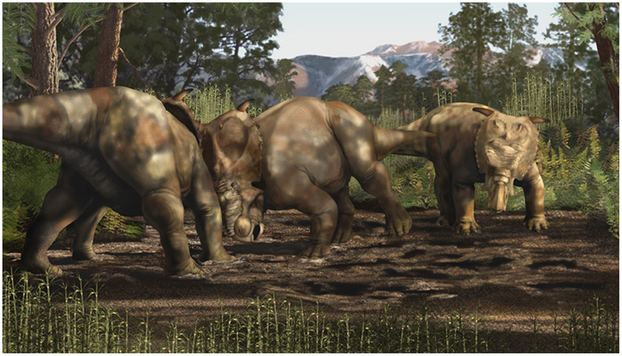
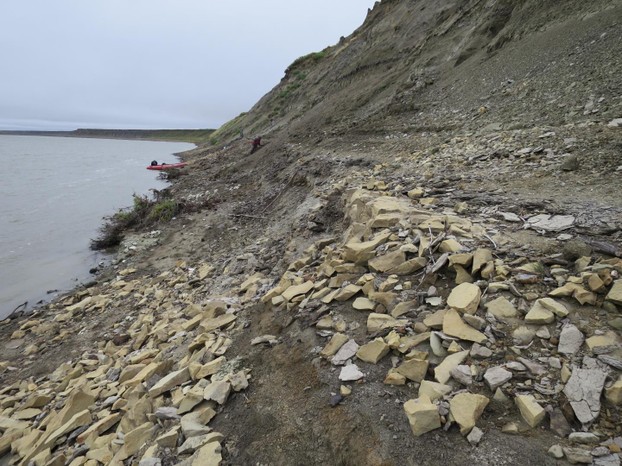
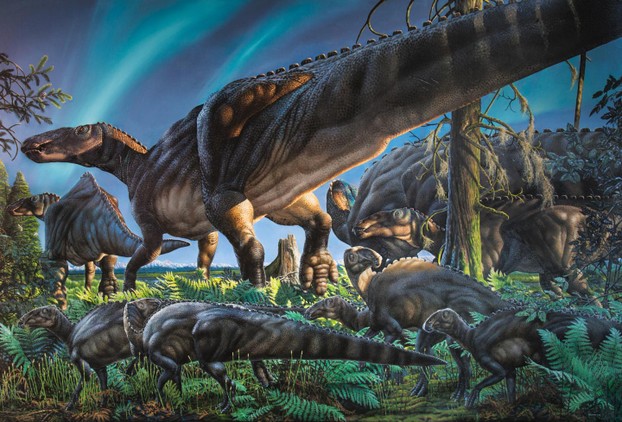
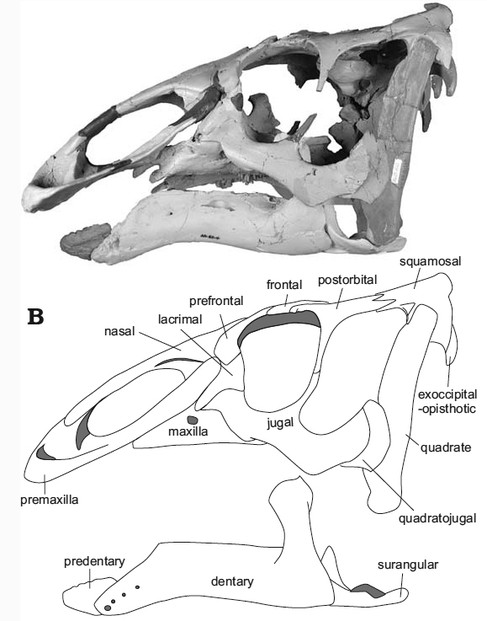
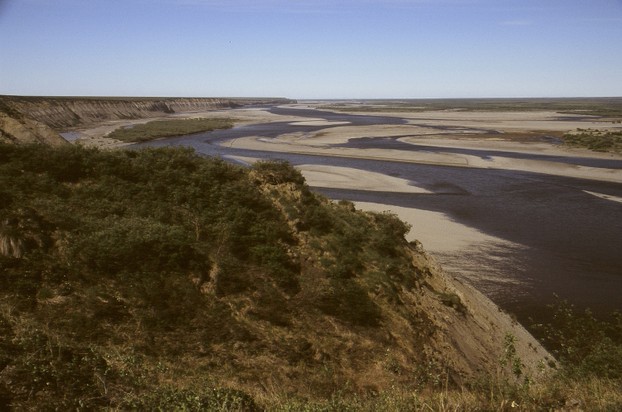


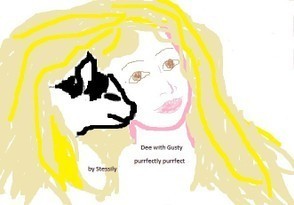
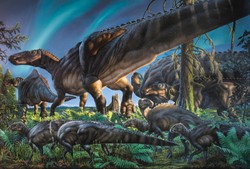

 Are Hawaiian Huakai Po Nightmarchers Avenging Halloween Thursday?on 10/02/2024
Are Hawaiian Huakai Po Nightmarchers Avenging Halloween Thursday?on 10/02/2024
 Mailing Addresses for 2023 Form 4868 Extending 1040 and 1040SR April 15, 2024, Due Dateon 04/15/2024
Mailing Addresses for 2023 Form 4868 Extending 1040 and 1040SR April 15, 2024, Due Dateon 04/15/2024
 Mailing Addresses for 2023 Forms 1040 and 1040SR Filed in 2024on 04/15/2024
Mailing Addresses for 2023 Forms 1040 and 1040SR Filed in 2024on 04/15/2024
 Mailing Addresses for 2022 Form 4868 Extending 1040 and 1040SR April 18, 2023, Due Dateon 04/13/2023
Mailing Addresses for 2022 Form 4868 Extending 1040 and 1040SR April 18, 2023, Due Dateon 04/13/2023

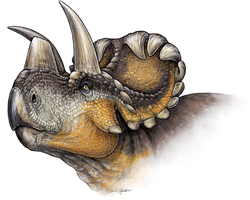
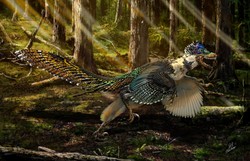
Comments
WriterArtist, Thank you for stopping by and writing about one of my favorite subjects: the "so many amazing species inhabiting" Earth with us.
One of the statements that stays with me from Stephen Hawking's last book is his observation that it should be on our conscience how we have mistreated animals and plants and that we should do something for those we still have with us.
I revel on the planet earth with so many amazing species inhabiting it and roaming freely once upon a time. It is interesting to find out that the Dinosaurs were actually Hadrosaurs. Studies and research can only make assumptions, the realities are lost forever. Fossils will establish only a part of truth. However; assuming that species went extinct, we should do something for the remaining existing ones.
blackspanielgallery, Me too, I value what continues from the past and regret what falls through the cracks.
I find looking into the past fascinating.